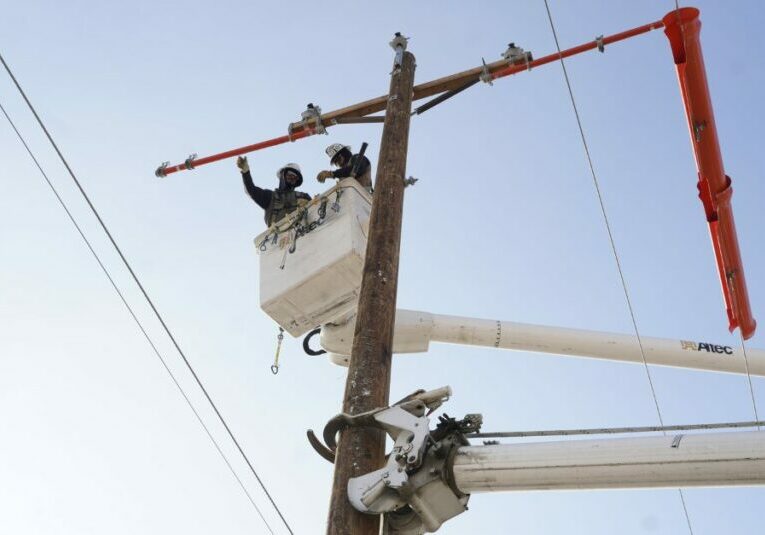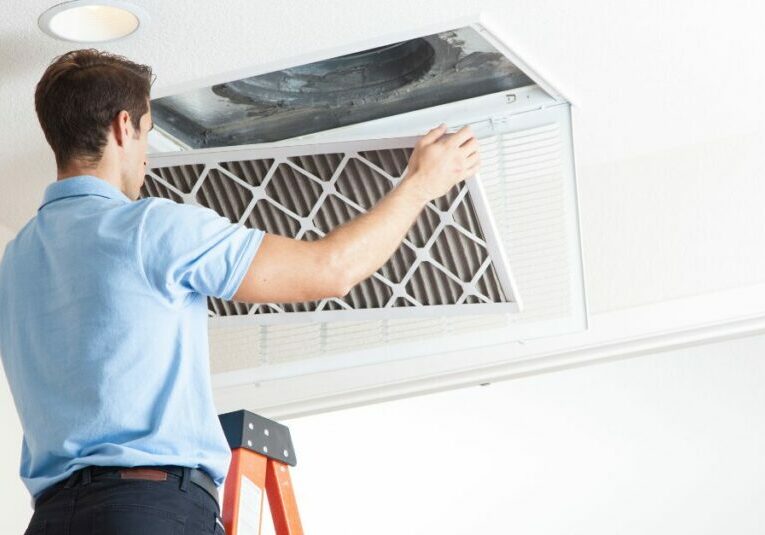What You Need to Know About Furnace Filters

With so many options available, picking the right filter for your home is not easy. These tips can make the process simpler!
Changing furnace filters is one of the many household chores that is often forgotten
or skipped, but not changing your furnace filter could have expensive consequences. A dirty filter can dramatically affect the performance of your home’s heating and cooling system, and can also affect your comfort. A dirty furnace filter can reduce air flow, increase energy costs, and put extra stress on your HVAC system, which can lead to costly repairs or replacement.
What does a furnace filter do?
Good question. The job of a furnace filter is to keep contaminants from entering your home’s heating and cooling system. There are two reasons it’s important to filter out these contaminants. First, filtering and trapping any airborne contaminants will keep the air in your home cleaner. This is helpful for anyone with allergies or asthma, as the filter helps remove pollen, dust and other allergens. The other reason is to protect your HVAC system. Without a filter, dirt and other debris can accumulate in the coil of your system.
When a filter gets very dirty, it causes the system to “short cycle”—the unit comes on because the thermostat calls for heat, but because of the dirty filter it can’t operate as designed. Internal protection devices cause it to shut down. However, the thermostat continues calling for heat, and the process is repeated, over and over again. Because the greatest energy usage occurs upon start-up, this causes significant additional expense as well as wear and tear on the unit.
With a heat pump this situation is even more problematic. The unit requires movement of an adequate volume of air. A dirty filter restricts airflow and the heat pump resorts to heating with the electric elements—essentially it becomes an electric furnace and uses much, much more energy.
How often do I need to change my furnace filter?
How often a furnace filter should be changed can vary depending on the type of filter your system has. It can range anywhere from every month to just once per year. The filter’s manufacturer provides the recommended replacement frequency within the product information included with your new filter.
Filter efficiency (its ability to remove particulate) also has an impact. This is expressed as MERV, minimum efficiency reporting value. The higher the number, the more efficient the filter. A very high MERV rating may also make the filter more restrictive, so do some research to choose the best rating for your system.
Another thing that affects your filter is the number of people living in a home. A large household may need to change the filter more often than one that just has two people. Humans introduce contaminants, and the more people, the more contaminants are present for the filter to catch.
Pets can be another contributor of contaminants into the indoor air supply. Pets shed fur and dander, which are picked up by airflow and circulated throughout the home by the HVAC system. For every furry pet living in your home, a filter’s life is reduced.
How do I know which filter to choose?
As we mentioned before, the first thing you will need to know is the size of your filter. Your filter may be only 1-inch thick. If the idea of using a thicker filter appeals to you, talk to your HVAC company; they can adapt the situation. Then, consider how many people are living in your house and how many pets you have. If anyone in the household suffers from allergies or asthma you may pick a filter that filters out more allergens. Most filters have claims and ratings on the outside packaging along with the filtration rating. You can also do some research before getting to the store. Depend on sites such as Consumer Reports, which tests filters, or check with your HVAC company for advice.
We hope this has helped you understand more about furnace filters and their importance in our homes. Now, go check your filter!
Recent Posts

Five Ways to Safeguard Your Home This Winter

Winter Weather May Impact Electric Bills

Cybersecurity Tips For a Safer Digital World

Electric Co-ops Grow for the Communities They Serve

Go Above and Beyond for a Safe Harvest

The Vital Role of the Lower Snake River Dams

5 Tips to Beat the Summer Heat

What You Need to Know About Furnace Filters

May is Electrical Safety Month




